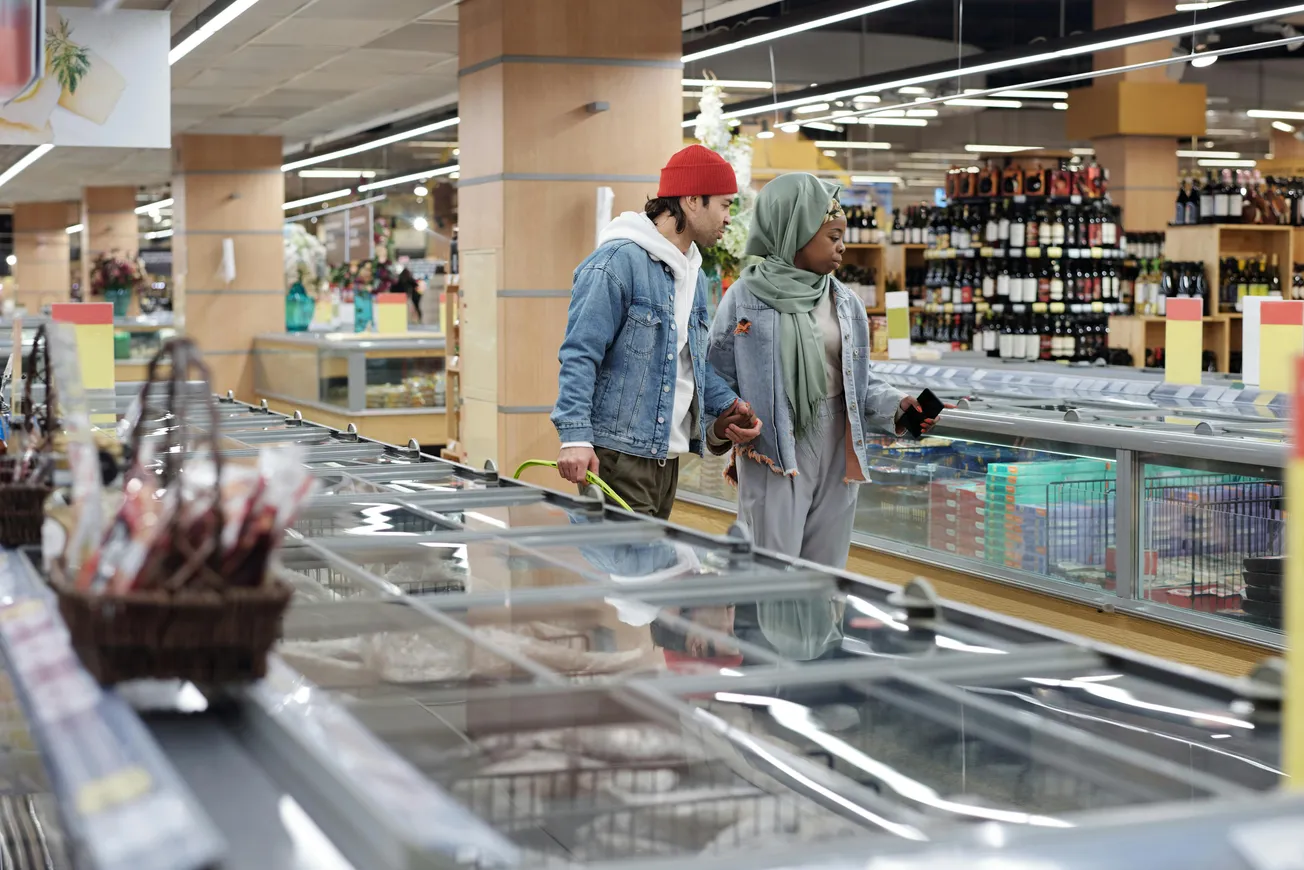Persistent Perception Headwinds
Even as the frozen food category grows, lingering consumer perceptions continue to hold it back. As highlighted in a discussion on RetailWire, the question “Does frozen food still have an image problem?” remains highly relevant. Among reported findings: many consumers still view frozen options as inferior to fresh in taste and texture, and some say they simply avoid the frozen aisle altogether.
One important data point: 40% of U.S. shoppers believe frozen food tastes worse than fresh, and 44% say texture is worse. This perception gap matters for omnichannel retail: in a world where image, experience and product narrative are critical, frozen items are being judged on more than just price or shelf life.
Why The Image Problem Matters for Omnichannel Retail
For retailers such as Walmart, Kroger and other major grocers operating in both physical and digital channels, the frozen category presents unique strategic considerations:
- Display & merchandising: Traditional freezer aisles are often tucked away at the store’s back, behind glass doors, with a sterile feel—factors linked to lower dwell time and reduced consumer engagement.
- Online presentation: With more grocery shopping moving online, the challenge becomes making frozen items feel appealing visually and contextually (recipes, meal occasions, quality cues) rather than just commodity‑packs behind glass.
- Supply chain & freshness narrative: While frozen inherently offers a longer shelf life and reduced waste, the narrative about frozen being “as good as fresh” has not fully landed. Educating buyers about the nutritional parity of frozen produce and meals can help.
In effect, the frozen food category is less about just cold storage logistics and more about perception, meal occasion framing and omni‑channel alignment of story, packaging and merchandising.
Strategic Implications & Recommendations
Retailers and brands should consider the following actions to bridge the image gap and leverage frozen food growth:
- Elevate frozen hygiene and ambiance: Improving signage, lighting, layout (e.g., positioning frozen next to fresh complementary items), and anchoring the section as a “meal solutions” zone rather than just “frozen food.”
- Leverage digital & content channels: Use online platforms to showcase frozen items in meal context, show how they can be used fresh from the freezer, emphasise convenience + quality, and integrate with click‑and‑collect or home‑delivery experiences.
- Quality and transparency messaging: Highlight ingredient quality, production practices, nutritional equivalence, and freshness (e.g., “frozen at peak ripeness”) to counter the “frozen equals inferior” mindset.
- Smaller pack sizes & adjacent merchandising: To address limited home freezer space (cited by 42% of U.S. consumers as a barrier) and encourage incremental frozen purchases, smaller‑size offerings, cross‑merchandising setups, and promotional storytelling can help.
Why This Matters for the Omnichannel Ecosystem
With logistics (cold‑chain), e‑commerce readiness, in‑store experience and product marketing all interconnected, frozen food is a category where omnichannel strategy is particularly activated.
For manufacturers and suppliers working with major retailers, understanding and solving the image problem is essential to driving category growth, improving shelf share and capturing omnichannel value.







